Recovery and Rehabilitation
Insertion of a plastic tube (drain) may be necessary at the time of surgery to remove excess fluid. To help you recover your surgeon may prescribe any of a variety of pain medications. You may feel tired and sore for the first two weeks after surgery. It’s normal to experience pain, bruising, swelling and numbness.
We recommend no heavy lifting and to avoid strenuous exercise, sports, and swimming.
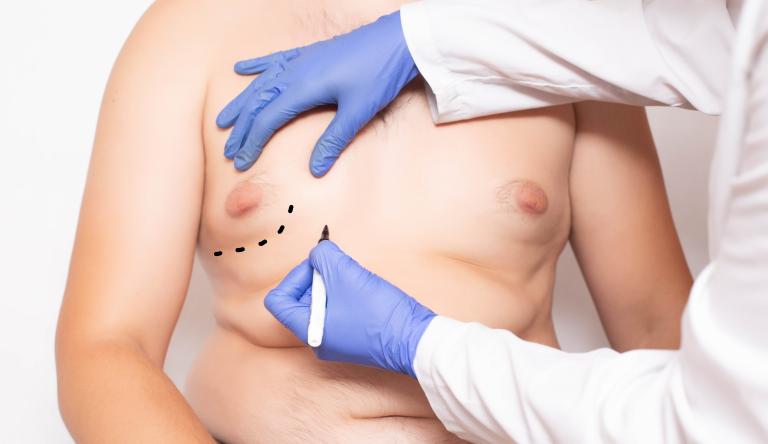
Notify the RPS team immediately if you experience any of the following symptoms:
- nausea, vomiting or diarrhoea
- fever/high temperature – 38°C or higher
- shortness of breath
- breast leakage after day one of recovery – blood or fluid
- increasing pain in either breast
- increasing redness around incision site
- heavy bleeding from incisions site.

